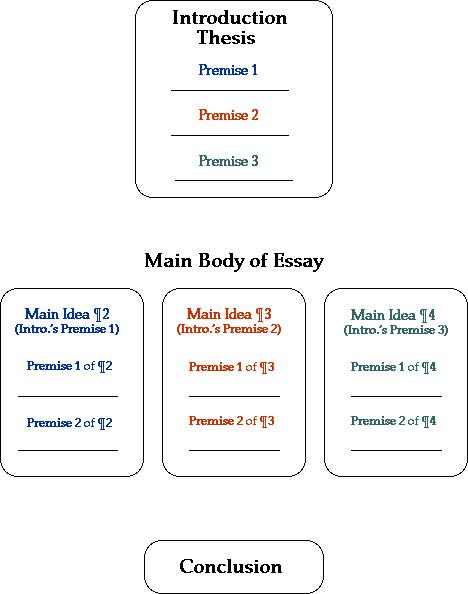I am just waiting to receive my final grade in my last class and have my program portfolio approved, but all of that is out of my hands!

To celebrate, I thought I'd post a bit of my work (just poetry for now) from the program.
Enjoy!
5:18 A.M
Emily Dickinson beckoned me to my window
with a tattooed moonprint
on the carpet below the sill,
six-paned and lovely.
And I saw, through Emily’s eyes,
one neighbor’s light dancing through red sheers,
one sedan gliding down the road.
She brought me to my window to find this poem.
She showed me how to see what there is to see
when no one is supposed to be looking.
Poem
All these years of hips and thighs and muscle and instinct,
my body delivered my girls with the reflex of knowing.
You, though, kicked and fought with angry heels
your path artificial, not of my flesh.
My girls arrived with shrill cries of life.
You sulked into the world broken, insolent.
Daughters borne of me
A poem born in me.
Blood and ink
both.
Manic
Morning
slides out of her cracked shell
so sweet
and urgent and
Jackson Pollock fills the sky
with drips and splashes
of to-do lists only half-formed
in my mind.
There is still time,
I tell the birds.
So sing, even though
it’s early and you are chirping
more loudly than my alarm clock
that will never be set as long as you
keep chirping
the morning news
starts even earlier now
because the breaking news ticker
scrolled all night so there
must be something to report first and fast.
Each morning the same
routine, procedure, schedule.
What began as beautiful becomes
a metronome of must
go and do and get
until day bends toward evening
and there is only the threat of
tomorrow to lull me to sleepy
haze of dreaming of the
magnificent morning.
For Esperanza
Outside the petunias in a pot
will blossom when the soil’s richness
can grow dollars instead of flowers.
Inside I write words forward and backward
and upside down, just like I lived them.
I never type them,
the whack of the keys like gunshots.
You cried when I left, but not the kind of crying that cracks
your heart into so many pieces that you
can never find them all.
Your crying was the song of a hungry kitten.
I will not be gone forever.
Only until my petunias have blossomed.
I will have legs that carry me back and away,
filled solid with dirt and words and blood and love.
Home to complete the circle
and away to begin my own.












































